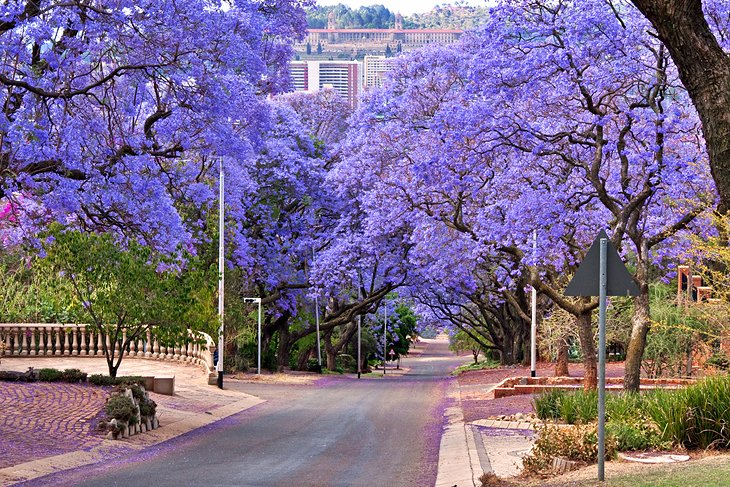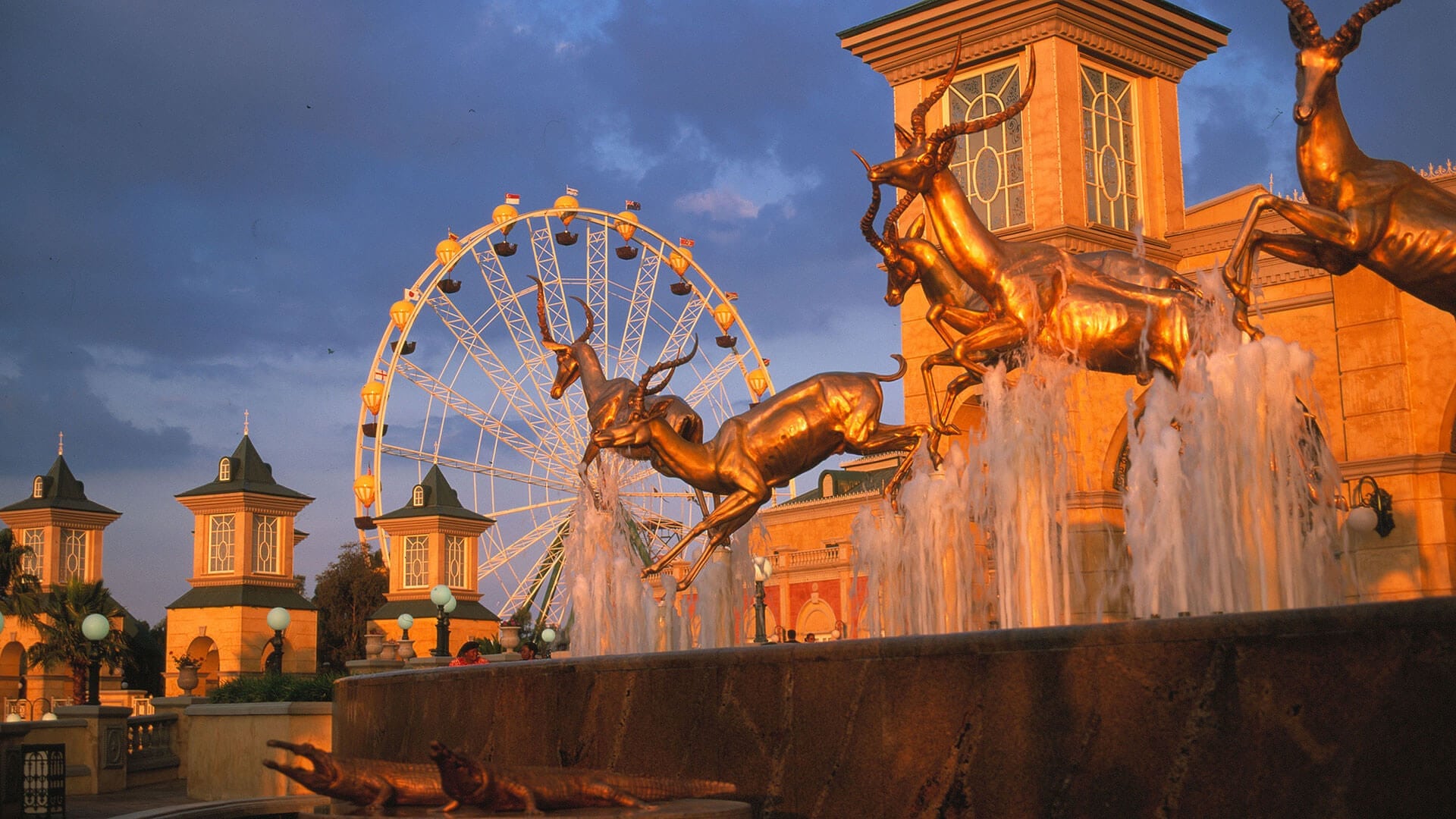What Does Johannesburg North Attractions Mean?
What Does Johannesburg North Attractions Mean?
Blog Article
Not known Details About Johannesburg North Attractions
Table of ContentsHow Johannesburg North Attractions can Save You Time, Stress, and Money.Johannesburg North Attractions Can Be Fun For AnyoneThe Ultimate Guide To Johannesburg North AttractionsA Biased View of Johannesburg North AttractionsExcitement About Johannesburg North AttractionsThe Main Principles Of Johannesburg North Attractions Johannesburg North Attractions Fundamentals Explained
Nonetheless you must maintain safety in mind and tourists must stay sharp in any way times when in strange environments. Speak with the residents when you are in town to find out about the location you are remaining in. Johannesburg North attractions. When on the road (this doesn't relate to purchasing malls and various other safe environments) finest basic suggestions is to attempt your finest to resemble a local and to stay clear of showing any form of wide range
Some Known Questions About Johannesburg North Attractions.
Teacher Revil Mason O. J. (Thomson, 1946) discovered the Witwatersrand's pre-colonial history. His archaeological work blew up the 'em pty land' misconception, according to which the area was without human habitation prior to the arrival of European settlers. In his publications Prehistory of the Transvaal: A Record of Human Task (1962) and Beginnings of Black Individuals of Johannesburg and the Southern Western Central Transvaal Advertisement 3501880 (1986 ), Professor Mason showed the degree of social and financial development in the area prior to Europeans established foot below.

What Does Johannesburg North Attractions Mean?
In 1878, David Wardrop found gold in quartz blood vessels at Zwartkop, north of Krugersdorp. In 1881, Stephanus Minnaar came across gold on the ranch Kromdraai, near the Cradle of Humankind.
In March 1886, a protrusion (soon to be called the Main Coral reef) was found, quite fortuitously, on Gerhardus Oosthuizen's ranch Langlaagte. Some claim that the Lancastrian coal miner George Walker discovered this coral reef. One more travelling English miner, George Harrison (that had previously operated in Australian mines) gotten a prospecting licence in respect of Langlaagte in May 1886.
He determined to carry on in a quest for greener fields, and disposed of his Langlaagte case for the baronial sum of 10. Alas: beneath lay the wealthiest goldfield ever found. The discovery of this abundant auriferous reef prompted a gold thrill that signalled completion of bucolic tranquillity in the southern Transvaal.
It would certainly, within six years, become the biggest community in southerly Africa. Within a years, it would certainly make the Z. A. R. up until then an anarchical and bankrupt little state the most affluent nation in Africa. By the turn of the century, the Z. A. R. was to exceed Russia, Australia and the United States of America to become the globe's leading gold producer, generating greater than a quarter of the globe's gold.
Not known Facts About Johannesburg North Attractions
It was called Ferreira's Camp, named after Colonel Ignatius Ferreira. He was a Boer traveler upon whom the British authorities had actually bestowed the standing of Friend of one of the most Differentiated Order of St Michael and St George (qualifying him to the post-nominal letters C. M. G.) in appreciation for his role in the war that had deposed the Pedi king Sekhukhune in 1879.
Soon the camp was bristling with camping tents and wagons as newbies got here daily from far and wide. By September 1886, some 400 people resided in Ferreira's Camp, which quickly flaunted upraised iron and lumber buildings. Two various other camps were established: Meyer's Camp on the farm Doornfontein, and Paarl Camp. The latter was nicknamed Afrikander Camp; lots of people from the Cape Swarm cleared up there.

Johannesburg North Attractions Can Be Fun For Anyone
This name acquired currency by word of mouth, such that the State Assistant attested the name to the Mining Commissioner on 9 October 1886. Stands in the village were auctioned on 8 December 1886. While some stands were cost 10, others were torn down for as little as sixpence.
2 years later, these erven were to change hands for as long as 750 each. The tented camps dwindled as a dorp of corrugated iron structures developed and increased north of Read More Here the mines located along the Key Reef Roadway. Areas such as Jeppe's Town (where working-class immigrants erected their dwellings) and Doornfontein (where the affluent brand-new 'Randlords' began to build their luxurious homes) were soon included to the ever-expanding map of the community.
The smart Trick of Johannesburg North Attractions That Nobody is Discussing
Besides the road names, there were no indications of Johannesburg being located in a Dutch-speaking nation. Years later on, C. W. Kearns O. J. (one of the initial children signed up at St John's College in 1898) would recall: 'An unusual truth regarding Johannesburg was that, although it remained in the [Boer Republic], virtually everyone spoke English and even the Government slaves attended to one in English, unless they were first attended to in the Taal (or Reduced Dutch)'.
Thus, Britain had an interest in making certain optimum conditions for have a peek at this site gold production on the Witwatersrand, which the gold was exported to London rather than Berlin a critical made even more clamant by the Z. A. R - Johannesburg North attractions.'s enhancing toenadering with Germany. Mine proprietors were on a crash program with Head of state Kruger, whose plan of monopolistic giving ins (usually granted to his cronies) stopped mining business from obtaining supplies of materials (particularly dynamite) and labour on their own, cheaper terms
A Biased View of Johannesburg North Attractions
In 1890, the Volksraad had actually limited the franchise business to white men who had stayed in the Z. A. R. for fourteen years or longer, hence invalidating the majority of the immigrants (who took place to be the significant factors to the fiscus). Anxiety for the vote was a simple pretext for advertising a various program; a lot of uitlanders concerned themselves this website as short-lived visitors and had no intent of continuing to be in the Z.
Report this page